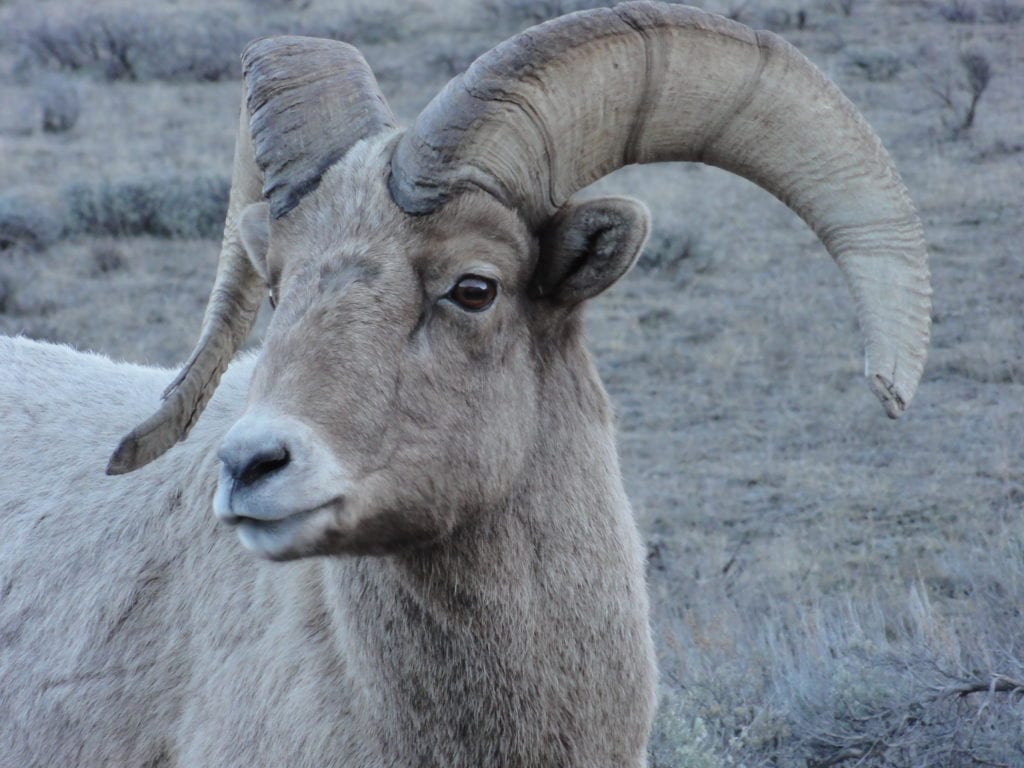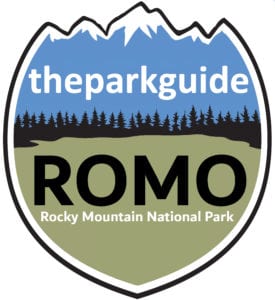Self-Guided Tour of Rocky Mountain National Park
THEPARKGUIDE tour of Rocky Mountain National Park is available for download exclusively through the TravelStorys App for $19.99. The tour automatically tells you everything you need to know while you drive. It’s like having a tour guide sitting in the back seat. The guide simply follows you wherever you decide to go in the park.
The Tour: The tour covers all of the main roads in Rocky Mountain National Park! Includes the Trail Ridge Road, Fall River Road, and Bear Lake Road, and the tour gives you detailed information about views, stops, and trail heads for access to the amazing Bear Lake area hiking trails complex and all park facilities and visitor centers.
The Drive: Exploring Rocky Mountain National Park should include visiting both the east and west sides of the park, which means driving the Trail Ridge Road over the pass. This well-maintained sightseeing route crests at over 12,000 feet, and includes many pullouts and overlooks to stop and see the subalpine and alpine worlds – along with over 300 miles of hiking trails, wildflowers, critters, starry nights, and memorable moments. There is a road-less-travelled option as well, if you want to take the old dirt road to the top.
The Animals: Rocky Mountain National Park visitors have a passion for viewing wild animals, especially the big ones. With an elk herd numbering between 600 to 800 in the winter, about 350 bighorn sheep, numerous mule deer and a small population of moose calling the park home, it’s no surprise that wildlife watching is rated the number-one activity by a vast majority of Rocky’s three million annual visitors.

The Mountains: Rocky Mountain National Park is 415 square miles of spectacular mountain environments that you can visit by car and on foot! The backbone of Rocky Mountain National Park includes some of the highest mountains in the continental United States. The top third of the park is alpine tundra, a breathtaking land above the trees. The views on either side of the Continental Divide feature alpine lakes, forested valleys and a wide range of plants and animals. Fast-moving summer thunderstorms and persistent winter winds are among the forces that continue to shape this majestic landscape.
The Geoecosystem: All of Rocky Mountain’s features are inseparably linked. Erosional forces of wind and ice still shape the sturdy rock foundation that supports life up to 14,000 feet above sea level. That weathered rock forms the base for riparian (wetland) ecosystems speckled across the lower elevations of the park contain lush plant life and dense wildlife. As you move higher, the landscape gives way to montane forests and cold mountain lakes. At the top, the alpine tundra ecosystem reveals a harsh but beautiful land where life nestles close to the ground in one of the earth’s most extreme environments.
See it all: The drive from one side of the park to the other is approximately 50 miles of curves, vistas, pullouts, and hikes of every level. Bring cameras, water, snacks and layers! You can start in Estes Park, CO and drive west to Grand Lake, CO or the other way around.
Buy it now: TravelStorys Purchase Page
Rocky Mountain National Park Information Pages:
